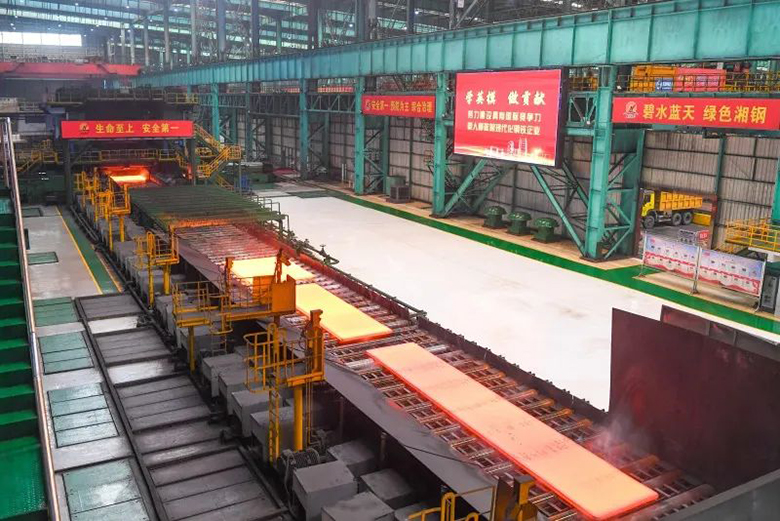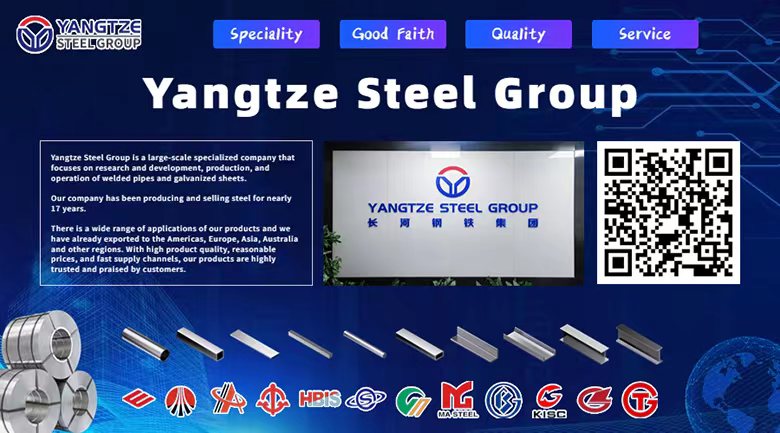1095 vs. 1075 steel: what's the difference?
1095 steel and 1075 steel are two high-carbon steels that are commonly used in the manufacture of knives, springs, and some industrial parts. Their main differences are in carbon content, hardness, wear resistance, and processing performance.

Chemical composition
Grade | C | Mn | Si | S | P |
1095 steel (%) | 0.90-1.03 | 0.30-0.50 | ≤ 0.35 | ≤ 0.050 | ≤ 0.040 |
1075 steel (%) | 0.70-0.83 | 0.30-0.90 | ≤ 0.35 | ≤ 0.050 | ≤ 0.040 |
Performance comparison
Due to the difference in carbon content, the hardness and toughness of 1095 steel and 1075 steel are significantly different.
Performance indicators | 1095 steel | 1075 steel |
Hardness (HRC) | After quenching 58-62 | After quenching 50-55 |
Wear resistance | High | Medium |
Toughness | Relatively low | Higher |
Processability | Poor | Better |
Corrosion resistance | Low | Low |
Heat treatment differences
Heat treatment is a key step that affects the performance of steel. Due to its high carbon content, 1095 steel has high hardness after quenching, but is more prone to cracking or brittle fracture; while 1075 steel maintains good toughness after quenching.
Heat treatment parameters | 1095 steel | 1075 steel |
Austenitizing temperature | 780-820°C | 780-830°C |
Quenching medium | Water or oil (needs rapid cooling) | Water or oil |
Tempering temperature | 150-250°C | 150-300°C |
Heat treatment characteristics | High hardness, but poor toughness | Moderate hardness, good toughness |
Conclusion
The choice of 1095 or 1075 steel should be determined according to the specific application scenario and performance requirements. If you are looking for extremely high hardness and wear resistance, 1095 steel is more suitable; if you require the material to have both toughness and good processing performance, 1075 steel is a better choice.









